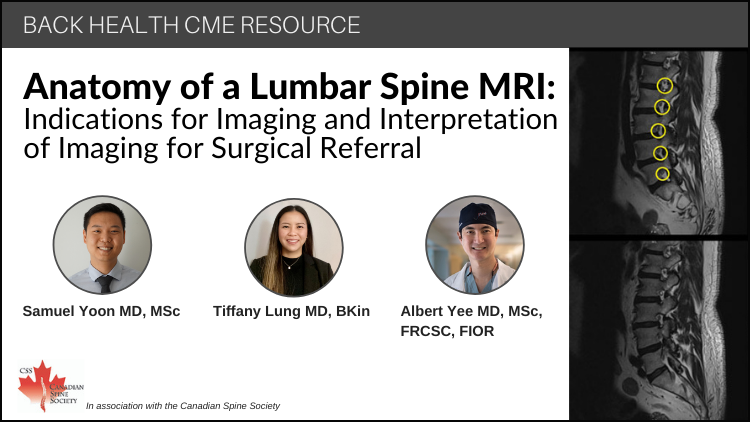1Division of Orthopaedic Surgery, University of Toronto, Toronto, Ontario, Canada.2Division of Orthopaedic Surgery, University of Toronto, Toronto, Ontario, Canada. 3 Professor of Surgery, Department of Surgery, University of Toronto, Marvin Tile Chair Division Chief of Orthopaedic Surgery, Division of Spine Surgery, Sunnybrook Health Sciences Centre, Toronto, Ontario, Canada.

